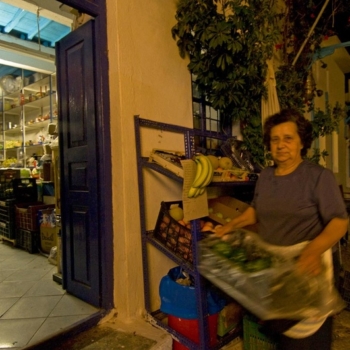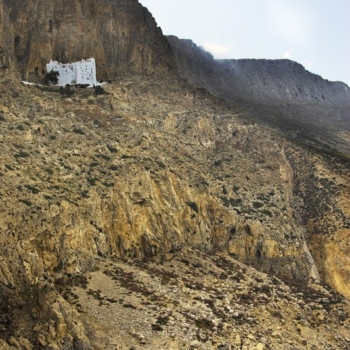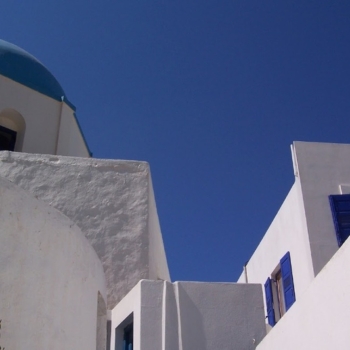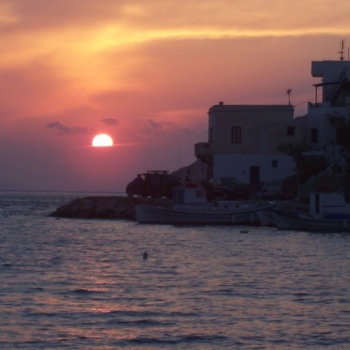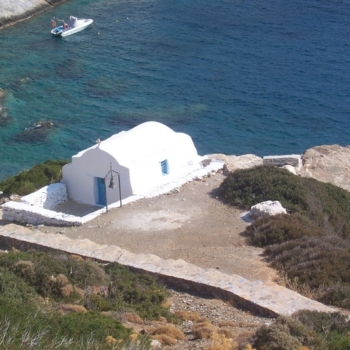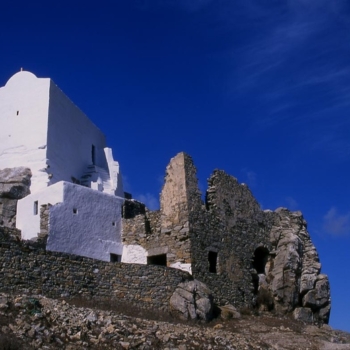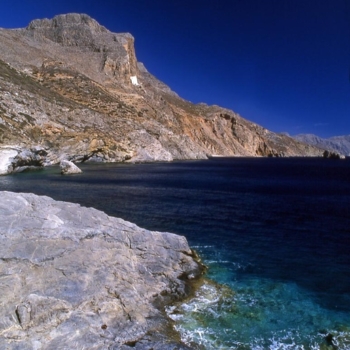Built below Machos with its half-ruined mills, the capital of Aegiali is inhabited throughout the year. The residents feed their herds on the surrounding mountains, they cultivate oil trees, fava, vegetables. It has not been confirmed when the current settlement and Tholaria were built; it is believed though that this happened after the liberation from the Turks. The residential core of Lagada, though, is considered to date back to the 7th century, when the residents moved higher fearing of pirates. The hill with its castle that you will see standing out in Kato Gitonia is characteristic.
Loza is the heart of the settlement, where there are ouzeri and taverns. Walking through the central narrow alley you will see the beautiful forecourt of the cathedral of Agia Sofia, with the cypress and the pine trees, below which is Agia Valiotissa. Around there are arches, houses of the 19th and the 20th century, as well as more current buildings with Neoclassic elements. After walking for a while you will get to Pikradilia, where there is a bakery and a tavern known on the island and after that you will find the other small square, Platsa. The path towards the small settlement called Stroumbos begins a bit further down.
Info
Going uphill towards Lagada you will clearly see the pilgrimage of Agia Triada (Holy Trinity) whitening up on the rim of the vertical rock of Machos. It is considered to have been built during the pirates period. Climbing the stairs you will enjoy a great view of Aegiali’s valley and Tholaria. It is celebrated on the day of the Holy Spirit.

